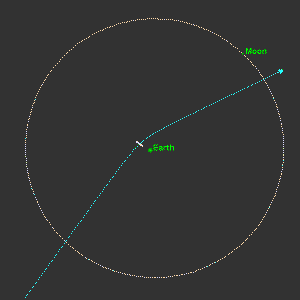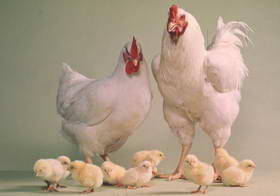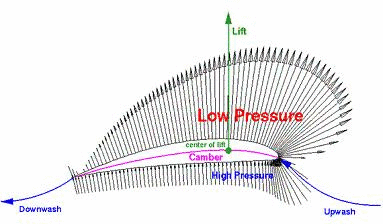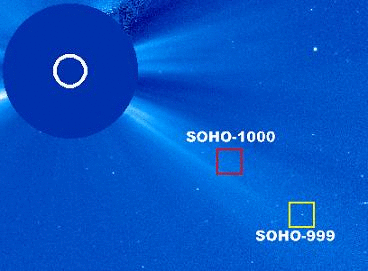A new theory that
explains why the language of our genes is more complex than it needs to be also suggests that the
primordial soup where life began on earth was hot and not cold, as many scientists believe:D.

Primordial soup (Courtesy: SpaceDaily)Our
DNA is made up of four
nucleotide bases (complex organic molecules called
Adenine,
Thymine,
Guanine,
Cytosine). If you imagine the DNA as a sequence of these molecules, every three of the nucleotides is actually a code for an
amino acid (a
protein is a sequence of amino acids). Such a triplet is called a
codon. However, four nucleotides can code for 4
3, or 64 different amino acids, while in nature, we only have 20 amino acids! This is a puzzle that has baffled scientists for 40 years, and now researchers from the
University of Bath describe a new theory which they believe could solve it:).
One of quirks of the genetic code is that there are groups of codons which all translate to the same amino acid. For example, the amino acid
leucine can be translated from six different codons whilst some amino acids, which have equally important functions and are translated in the same amount, have just one.
The new theory extends upon one of
Crick's idea, that the three-letter code evolved from a simpler two-letter code. The new theory suggests that the primordial
doublet code was read in threes - but with only either the first two
prefix or last two
suffix pairs of bases being actively read.
By combining arrangements of these doublet codes together, the scientists can replicate the table of amino acids - explaining why some amino acids can be translated from groups of 2, 4 or 6 codons. They can also show how the groups of water loving (hydrophilic) and water-hating (hydrophobic) amino acids emerge naturally in the table, evolving from overlapping prefix and suffix codons:).
Such a technique ensures that the DNA is error tolerant! An error in one of the three nucleotides in a codon, is not fatal, as the changed codon will often code for the same protein:):).













34 Comments:
Whatevr the case, dismantling weapons for plutonium makes this one a doubly useful venture.
/TJ
PS - indigenous or ingenious?
(back from trip and can be a regular reader of ur blogs)
Tell the Geolocator that I am from Irannnnnnn also I preferably liked to be from San Francisco!
anyway good to see its back:)
Shessh!
still thinking about your blog, hope you have a fantastic 2006 and the blog returns soon:)
take care:)
how safe is safe ?
:)
Are you still out there?
Post a Comment